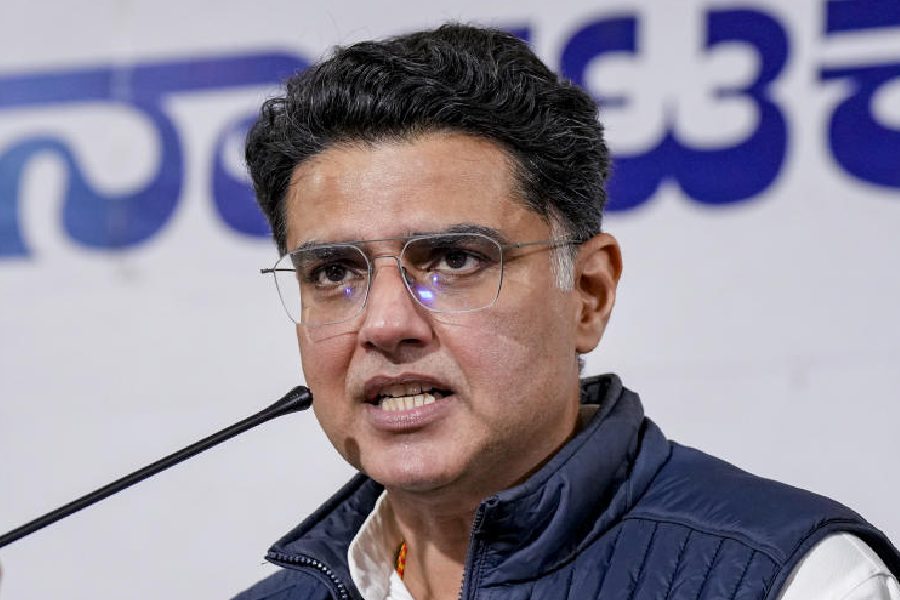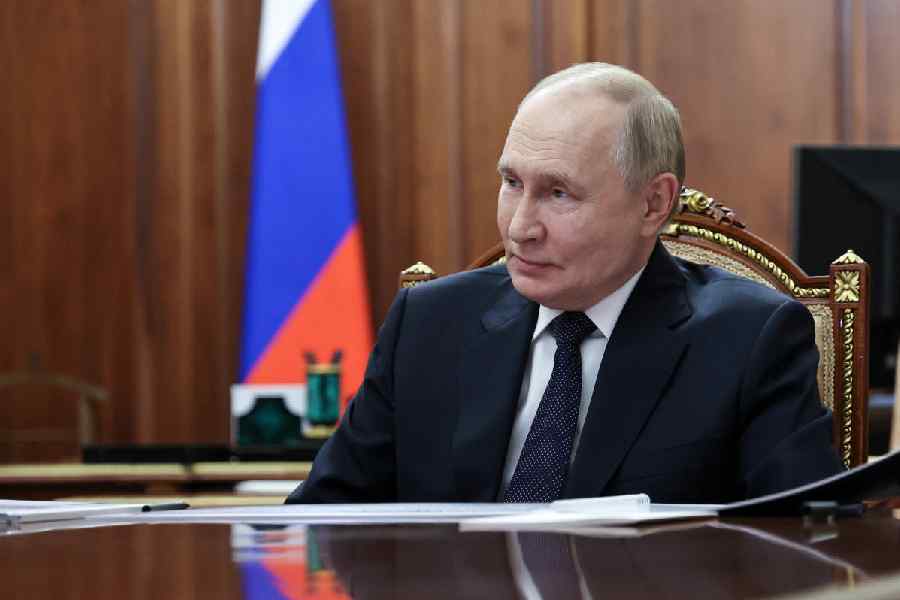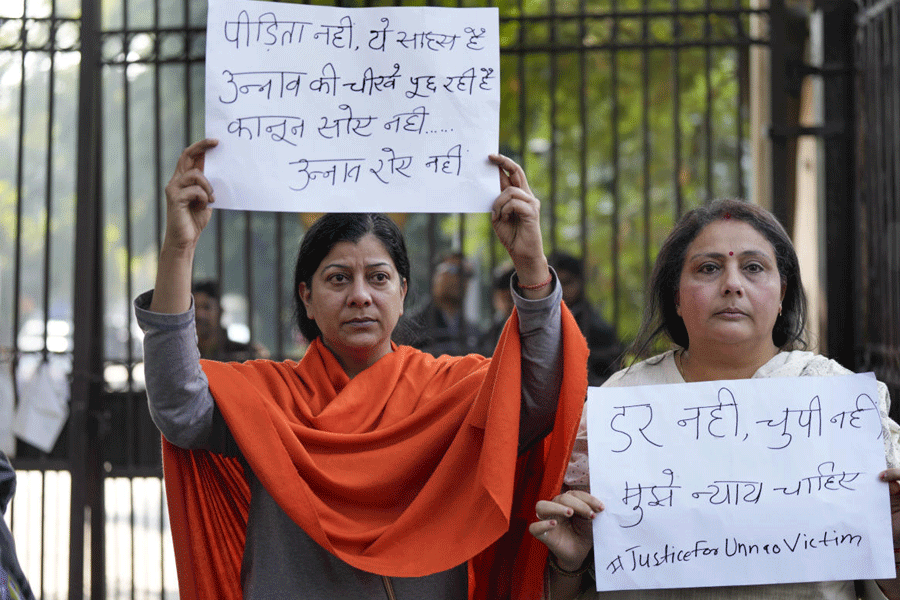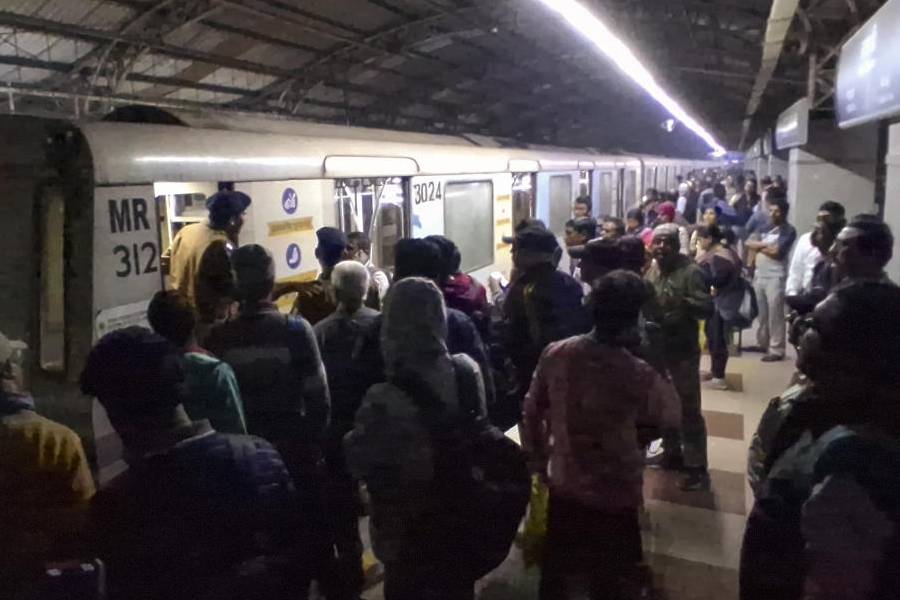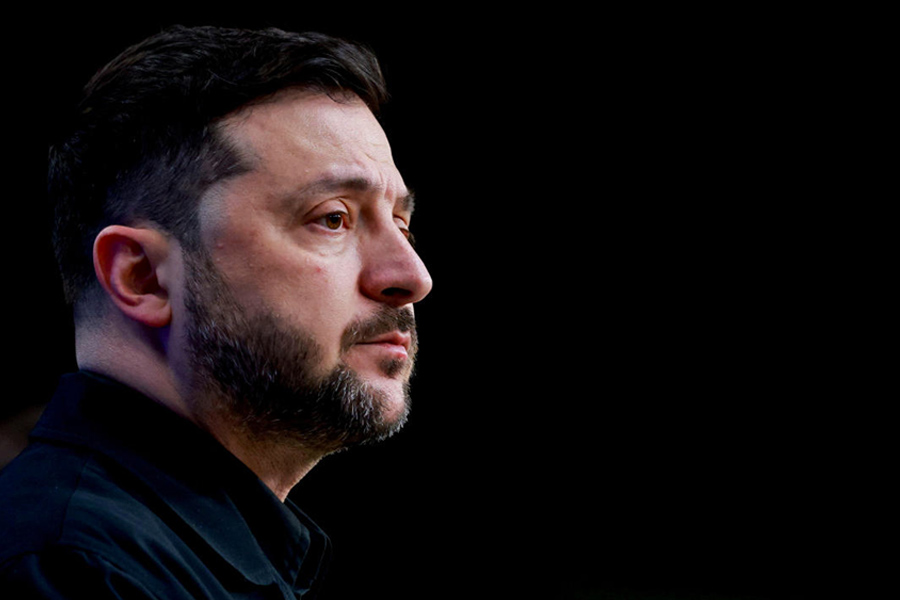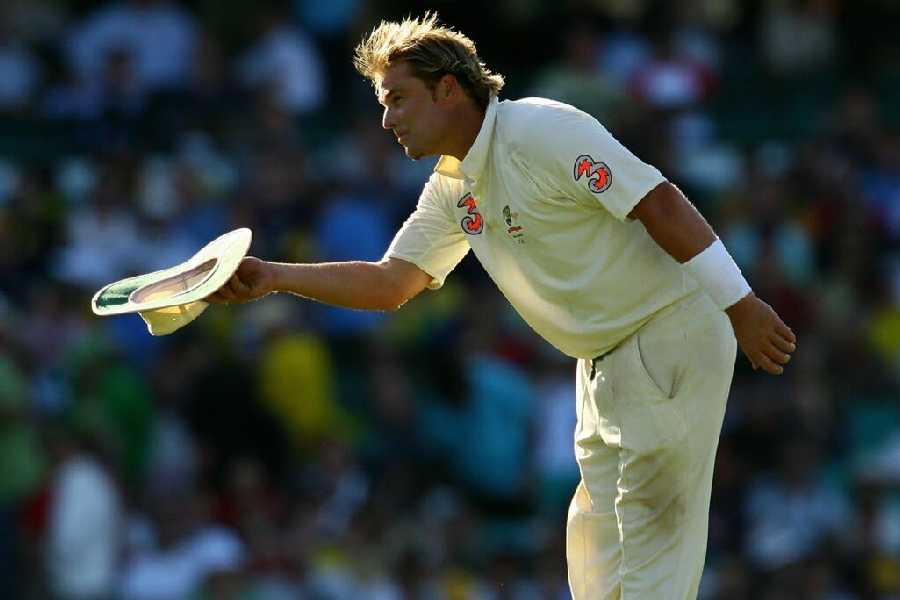Multiple factors — some critically dependent on human behaviour — will determine whether India will face a third nationwide Covid-19 wave. Public health experts say the uncertainty around them makes it near-impossible at this point to forecast with scientific evidence the timing or size of the anticipated but still uncertain third wave.
The determinants include the fraction of the population still susceptible to the infection, the fraction of the population that will adhere rigorously to personal precautions such as masks and crowd avoidance even after districts and states relax restrictions, and the fraction of the population protected through vaccination.
The distribution of highly-transmissible coronavirus variants — such as the delta variant first detected in India — might also influence future surges.
Amid those uncertainties, Dr Rahul Pandit, a senior critical care medicine specialist at the Fortis Hospital in Mumbai and a member of Maharashtra’s Covid-19 task force, spoke with The Telegraph about the imperative of continued preparation now when the epidemic is shrinking.
Could you say something about the likelihood and size of a fresh surge?
It is not possible to say at this point that the next peak or surge will definitely happen at a particular time. Mathematical models have limitations — they rely on assumptions. The delta variant is a concern for us in the country and we have to be prepared for the worst-case scenario. It is important to prepare with an understanding that if and when the wave does come, we face it with our best possible levels of preparation.
We need mathematical models that take into account vaccine penetration. We expect a continued increase in vaccine penetration in the coming weeks and this needs to be factored into models.
If we are able to fully vaccinate a large fraction of the population in the next three months or so and we also have a large fraction of the population protected through natural infections, India might be able to push the wave forward as much as we can and reduce the severity.
Infections and localised outbreaks might continue to occur but if they are addressed promptly and efficiently, a large wave could be averted.
Assuming variants, although more transmissible, are not causing large-scale re-infections, wouldn’t the country’s second wave have infected a very large fraction of the population and moved it closer to herd immunity?
India needs a quick nationwide survey again. The last such survey in January had found roughly 21 per cent of the population had been infected. It is important that we also simultaneously do significant genome sequencing to understand if variants of concern are contributing to reinfections.
Along with vaccination and natural infections, we should be able to reach that magic figure of herd immunity threshold. But for that to happen, we should have at least 60 to 70 per cent of our population protected through vaccination or natural infections and we seem to be at a distant point from that right now.
Maharashtra has been the hardest hit state during both waves. Could you speculate why? Uttar Pradesh and Bihar, the two states with even larger populations than Maharashtra, have not had such large epidemics.
While Maharashtra’s population is lower than that of Uttar Pradesh or Bihar, Maharashtra is an industrialised state. Mumbai and the surrounding region is the country’s financial capital, so there is a huge potential for person-to-person interactions that provide the virus opportunities to spread.
Also, Mumbai has one of the country’s highest population densities. Fifteen million people live in Mumbai. The other reason is that there has been excellent awareness about Covid across the state. Data collection and reporting, whether on positive patients or deaths, have always been done on a priority basis. This adds to the completeness of data and to the numbers.
During the second wave, the Union health ministry had referred to actions by Mumbai’s authorities as a model districts across the country should seek to emulate? What did Mumbai do differently to avoid the kind of oxygen or bed shortages experienced by other cities?
The Mumbai model has been well appreciated. Mumbai was the first to decentralise the Covid-19 response. Mumbai had a number of wards divided with their own war rooms. We had a real-time understanding of oxygen requirements, or how much oxygen is required by which hospital. That helped us tackle the oxygen crisis.
Also Mumbai prepared itself way ahead of time through beds and other infrastructure such as through jumbo hospitals. We expanded our bed capacity several-fold as the pandemic progressed. And even now we would be happy to expand it several-fold.
In preparation for a possible fresh wave, would you recommend more of similar initiatives as taken during the second wave — or would there be need to do something extra/additional initiatives not done earlier but would need to be done now?
In preparation for a possible third wave, we should take a holistic approach. Again. Which means to look at all requirements — beds, oxygen, medications, equipment required in each state to treat patients effectively. We need action plans in place for the third wave, in terms of how the surge capacity would be increased. This has been done in Maharashtra on a priority basis, and we are looking at preparing ourselves again. We need to be ahead of the problem and not react after it hits us.



